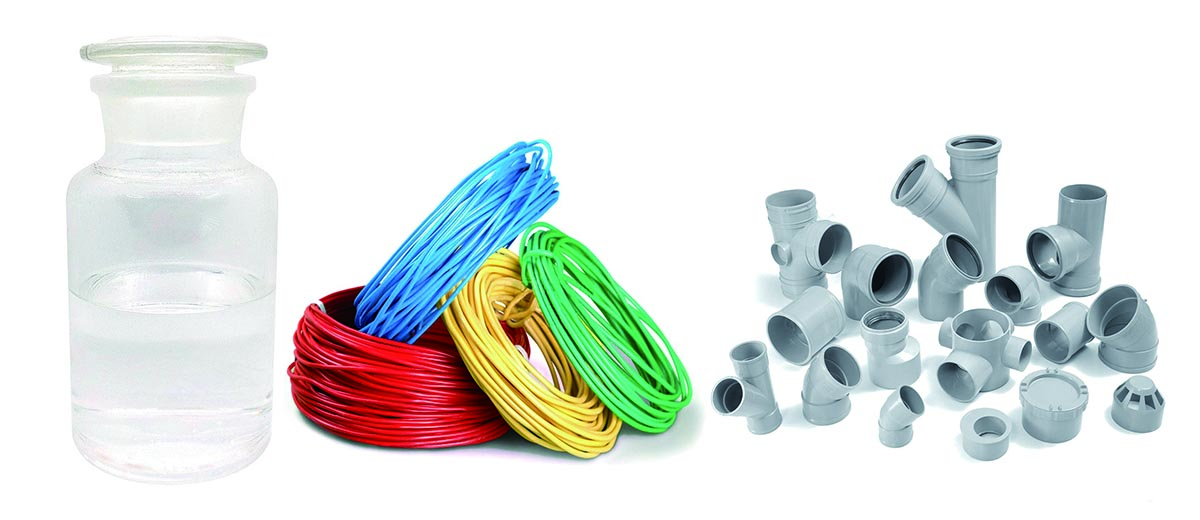Methyl tin stabilizers are a type of organotin compound commonly used as heat stabilizers in the production of polyvinyl chloride (PVC) and other vinyl polymers. These stabilizers help prevent or reduce the thermal degradation of PVC during processing and use, thereby enhancing the material’s durability and performance. Here are key points about methyl tin stabilizers:
Chemical Structure: Methyl tin stabilizers are organotin compounds containing methyl groups (-CH3). Examples include methyl tin mercaptides and methyl tin carboxylates.
Stabilizing Mechanism: These stabilizers work by interacting with chlorine atoms released during PVC thermal degradation. The methyl tin stabilizers neutralize these chlorine radicals, preventing them from initiating further degradation reactions.
Applications: Methyl tin stabilizers are widely used in various PVC applications, including pipes, fittings, profiles, cables, and films. They are particularly effective in high-temperature processing conditions, such as those encountered during extrusion or injection molding.
Benefits:
High Thermal Stability: Methyl tin stabilizers provide effective thermal stabilization, allowing PVC to withstand elevated temperatures during processing.
Good Color Retention: They contribute to maintaining the color stability of PVC products by minimizing discoloration caused by thermal degradation.
Excellent Heat Aging Resistance: Methyl tin stabilizers help PVC products resist degradation over time when exposed to heat and environmental conditions.
Regulatory Considerations: While effective, the use of organotin compounds, including methyl tin stabilizers, has faced regulatory scrutiny due to environmental and health concerns associated with tin compounds. In some regions, regulatory restrictions or bans have been imposed on certain organotin stabilizers.
Alternatives: Due to regulatory changes, the PVC industry has explored alternative heat stabilizers that have a reduced environmental impact. Calcium-based stabilizers and other non-tin alternatives are increasingly used in response to evolving regulations.
It’s important to note that regulatory requirements may vary by region, and users should adhere to local regulations and guidelines when selecting and using PVC stabilizers. Always consult with suppliers, industry guidelines, and relevant regulatory authorities for the latest information on stabilizer options and compliance.
Post time: Mar-04-2024


